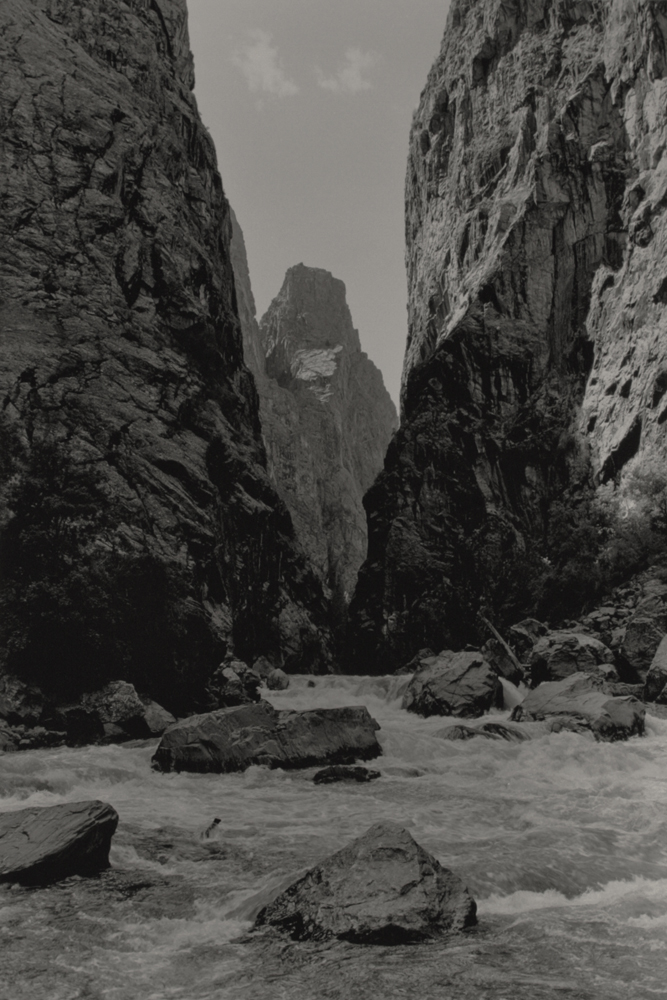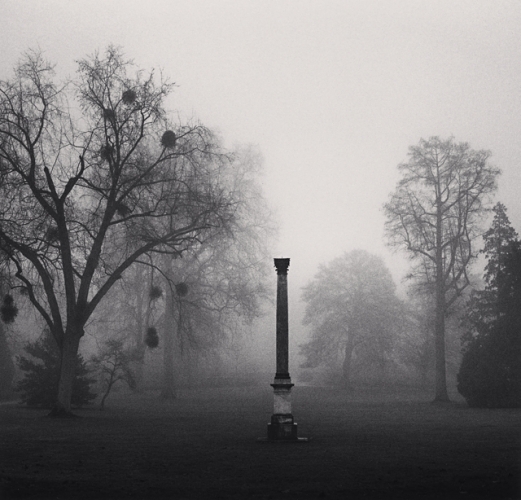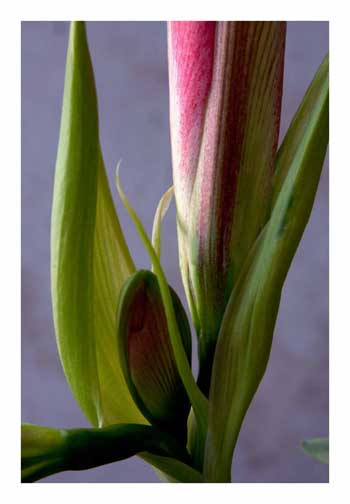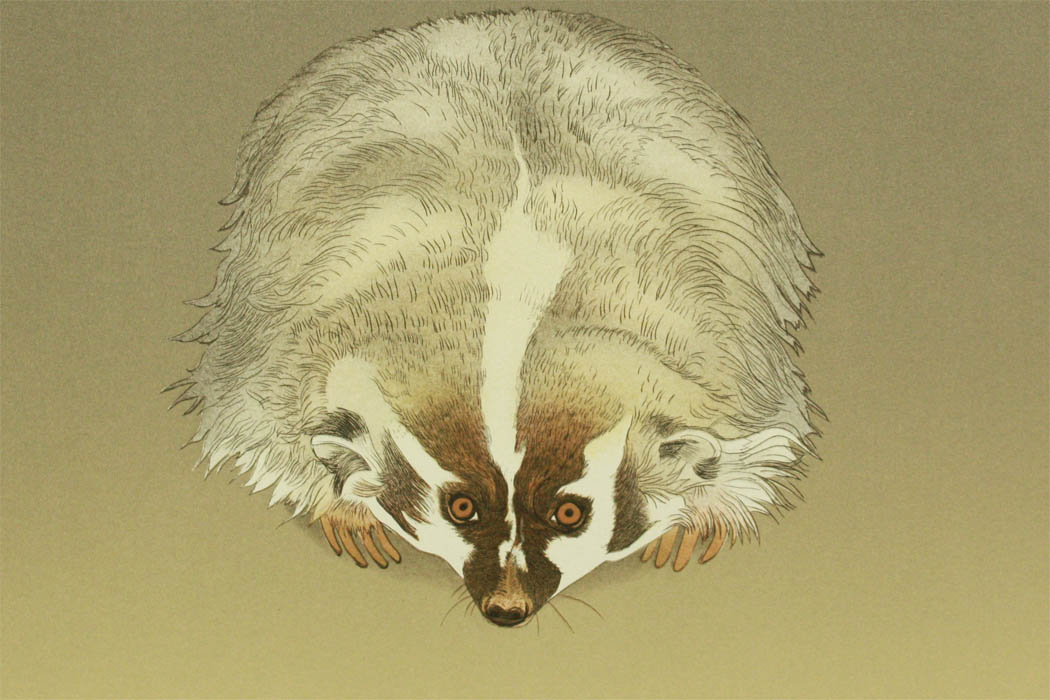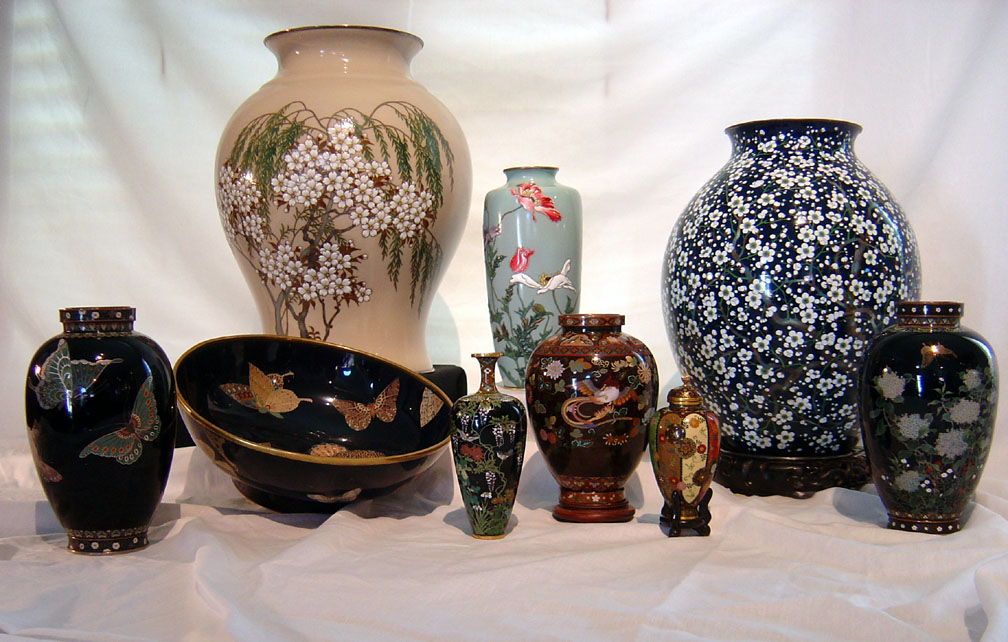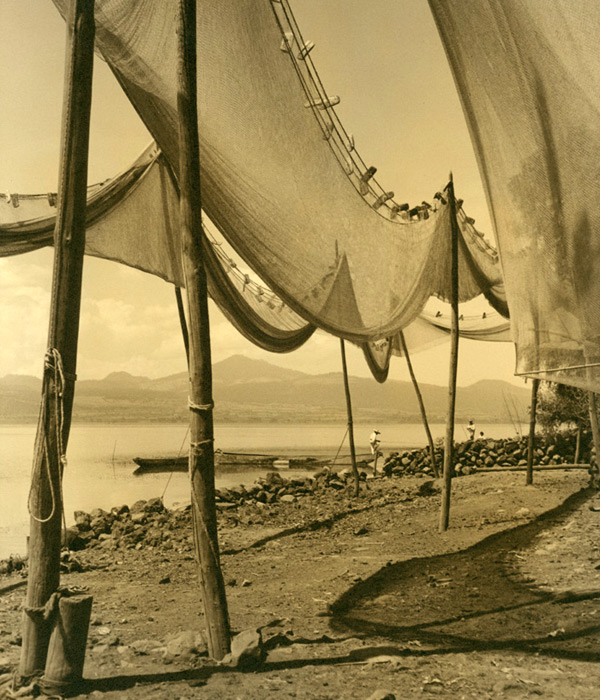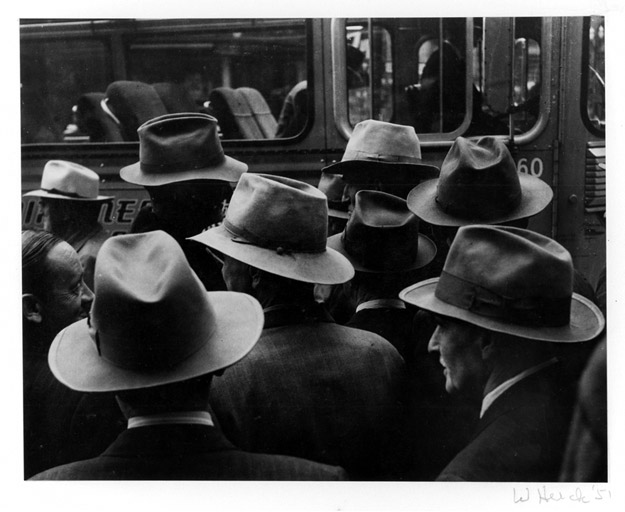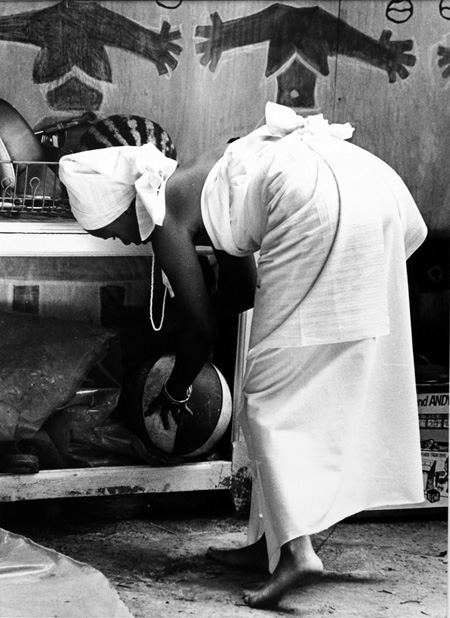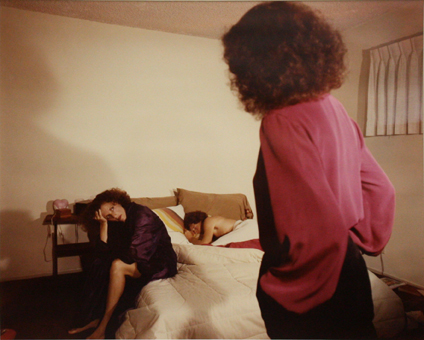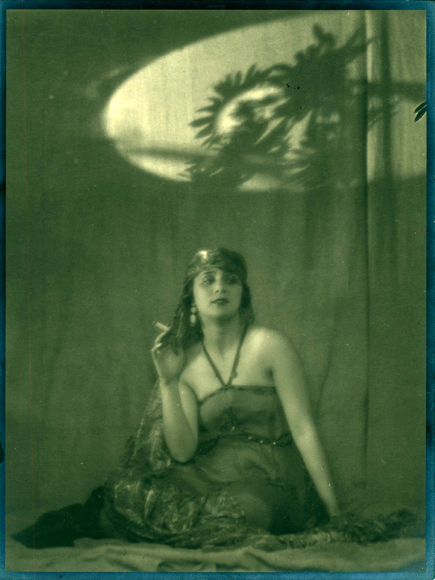Essays on Artists & Acquisitions (page 6)
Lena Herzog
Lena Herzog’s Long Draw series is a project aimed at restoring the reputation of Friedrich von Egloffstein (1824-1885), a cartographer and artist on the first expedition of the Grand Canyon. Led by Joseph Ives in 1857, the team took a steamboat up the Colorado River to document and map what is now known as the […]
Read MoreMichael Kenna
This juxtaposition of man-made objects to the natural world displaces the viewer’s focus away from the natural elements to the manmade, ultimately creating a sense of balance. Kenna continues to baffle the viewer through his interesting use of perspective.
Read MoreNancy Macko
Macko came to a new understanding of the life cycle as a continuous process, rather than a series of discrete stages. Macko’s work encourages the viewer to join in this realization—to stop looking at childhood, youth, adulthood, and old age as separate phases, and to instead see the beautiful and surprising ways life’s phases overlap.
Read MoreLions, Billy Goats, Bears, and a Corgi or Two – A Visual Zoo Is Unleashed at the Williamson Gallery
Badgers, crocodiles, flamingos, sheep and a tortoise, too: The Ruth Chandler Williamson Gallery has received a veritable zoo of animal images gleaned from the engaging work of the late artist, Beth Van Hoesen. These delightful prints and watercolors came to Scripps College courtesy of the E. Mark Adams and Beth Van Hoesen Adams Trust. In […]
Read MoreGift of Japanese Cloisonné Enamels to Enhance Art Education at Scripps College
Scripps College will receive nine pieces of fine Japanese cloisonné enamel from the Anthony and Patricia Ghosn collection, donated by R. Scott and Lannette Turicchi, in coordination with the Worldbridge Foundation. As part of the Scripps art collection, stewarded by the Ruth Chandler Williamson Gallery, the pieces will enhance teaching and research at the College.
Read MoreGordon Abbott
Gordon Abbott was a twentieth century American photographer born in 1882. He spent much of his professional life working in Mexico and Guatemala and died in Mexico City in 1951. More than mere travel photography, his work captures the spirit of the places and scenes he witnessed. Instead of the flashy images suited for tourists’ guidebooks, Abbott created photos of a more contemplative nature.
Read MoreWilliam Heick
Though William Heick is best known for his ethnographic photographs and documentary films of Native American cultures, his early work focused on street life in 1940s and 1950s San Francisco. His vibrant portraits capture the dynamic community of the city and the surrounding countryside — the artists, entertainers, industrial workers, cotton pickers, and street people who populated the mid-century San Francisco area.
Read MoreWilliam Anderson
During his forty-year photographic career, William Anderson documented the everyday lives of impoverished African Americans in the rural South. His pictures reveal their endurance, dignity and humanity in the face of great hardships. Anderson’s photographs look beyond the wretched conditions of poverty to encompass a sense of community, laughter, and even triumph, without erasing or negating the destitution of the poor.
Read MoreEileen Cowin
Eileen Cowin’s work in the 1980s explores the depth of narrative that mise en scéne photography can convey to a viewer. Mise en scéne photographers exert a control over their work that is similar to an auteur’s command over a movie-set: they both have total mastery over every detail.
Read MoreArthur Kales
Arthur Kales’ portrait of Ruth St Denis gives dimension to a compelling artistic discourse about cultural diversity in America.
Read More

